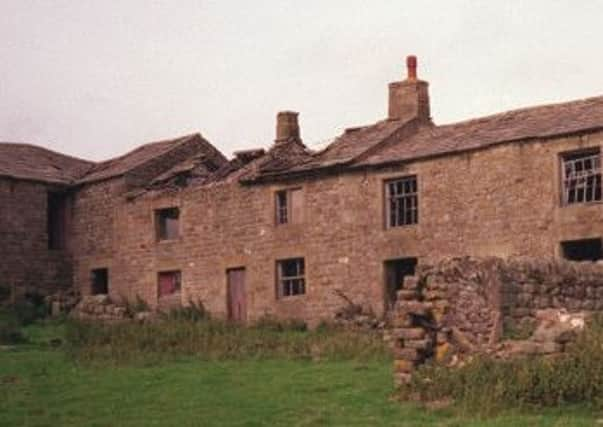Red tape swept away for farm buildings


Government policy changes to permitted development rights mean landowners will not need planning consent for a change of use for premises of up to 500 sq m currently in agricultural use, such as barns or grain stores, including buildings in National Parks.
Ministers believe the changes can help stimulate economic growth but National Park authorities are concerned about the impact the changes may have.
Advertisement
Hide AdAdvertisement
Hide AdThe policy amendment takes effect from May 30 and initially applies for three years. Landowner groups which have campaigned for policy changes for decades say the amendment will see new jobs created.
Dorothy Fairburn, the Country Land and Business Association’s regional director for the North, said: “Allowing farm buildings of 500 sq m or less the flexibility to change into a range of new business uses will help to stimulate rural economic growth in the North. It will help underpin farming businesses currently under pressure by creating new jobs and businesses at a time when they are greatly needed in the countryside.”
James Copeland, East Yorkshire spokesman for the National Farmers’ Union, said their were adequate safeguards against inappropriate development.
“Only buildings in existence when the consultation paper was published last summer will be eligible for conversion. And all but the smallest buildings will need to undergo checks to ensure that there will be no unacceptable effects such as noise or transport problems.
Advertisement
Hide AdAdvertisement
Hide Ad“The precautions are likely to be welcomed by many farmers who would be concerned by an unfettered freedom to change the use of buildings. In our view the Government is making changes that will boost the rural economy without harming the countryside.”
National Park authorities for the North York Moors and the Yorkshire Dales applied for exemption from the changes.
Sarah Housden, policy manager at the North York Moors, said: “The main changes affect agricultural buildings which are a prominent feature of the park and this opens up potential uses of these buildings that will have impacts that we won’t be able to control.”
She said the authority backed rural job creation and businesses, but wanted to see its impact carefully monitored.
Advertisement
Hide AdAdvertisement
Hide AdPeter Stockton, head of sustainable development at the Yorkshire Dales, said: “The risk is that with fewer planning safeguards vehicle movements, levels of activity, environmental emissions and parking may cause some local problems. Of more concern to this authority is the loss of local planning scrutiny over the change of use from offices to dwellings.”
But the CLA’s Miss Fairburn said: “Many CLA members are currently paying empty property rates because of a lack of business tenants so allowing a change of use will reduce costs and provide much-needed homes in rural areas.”